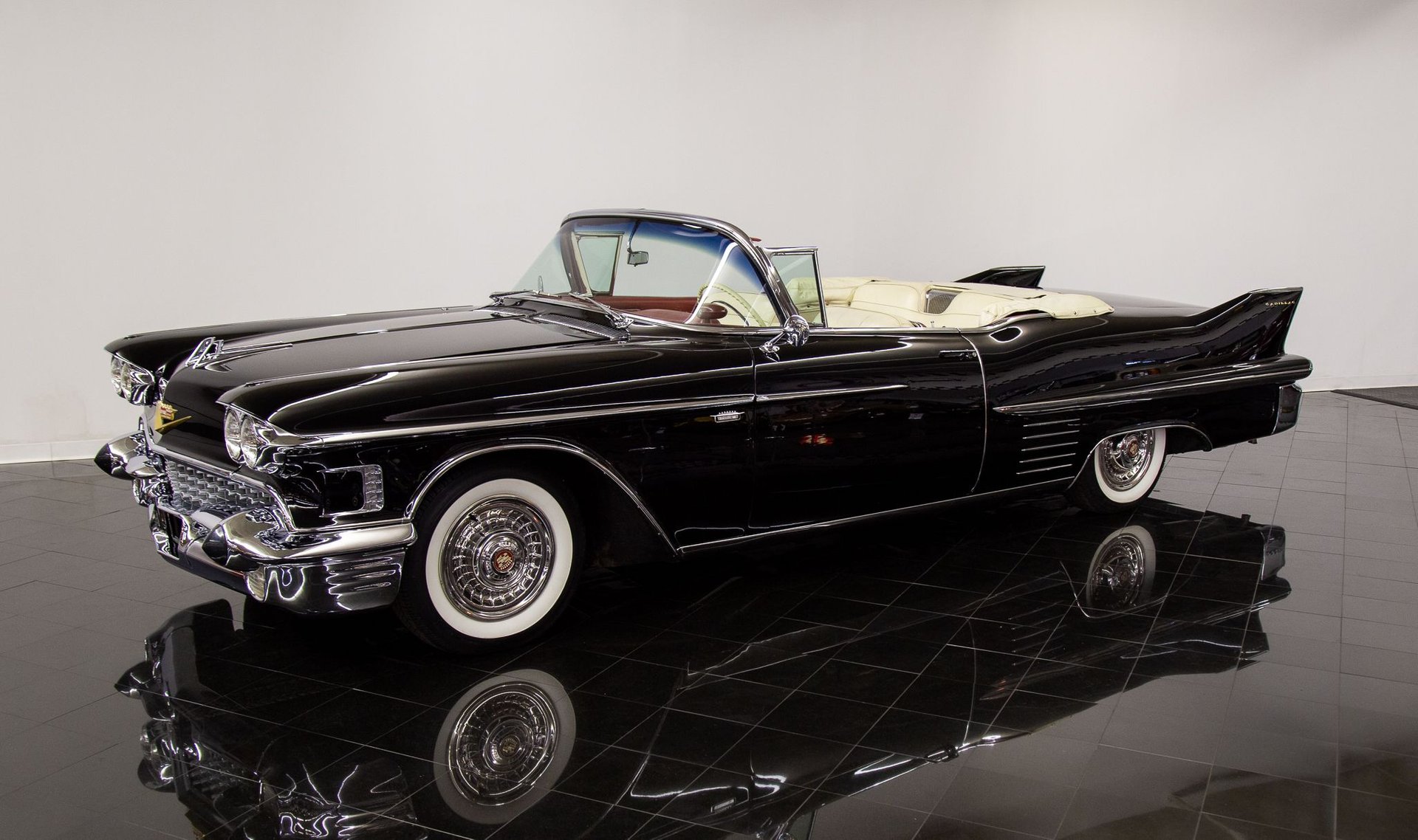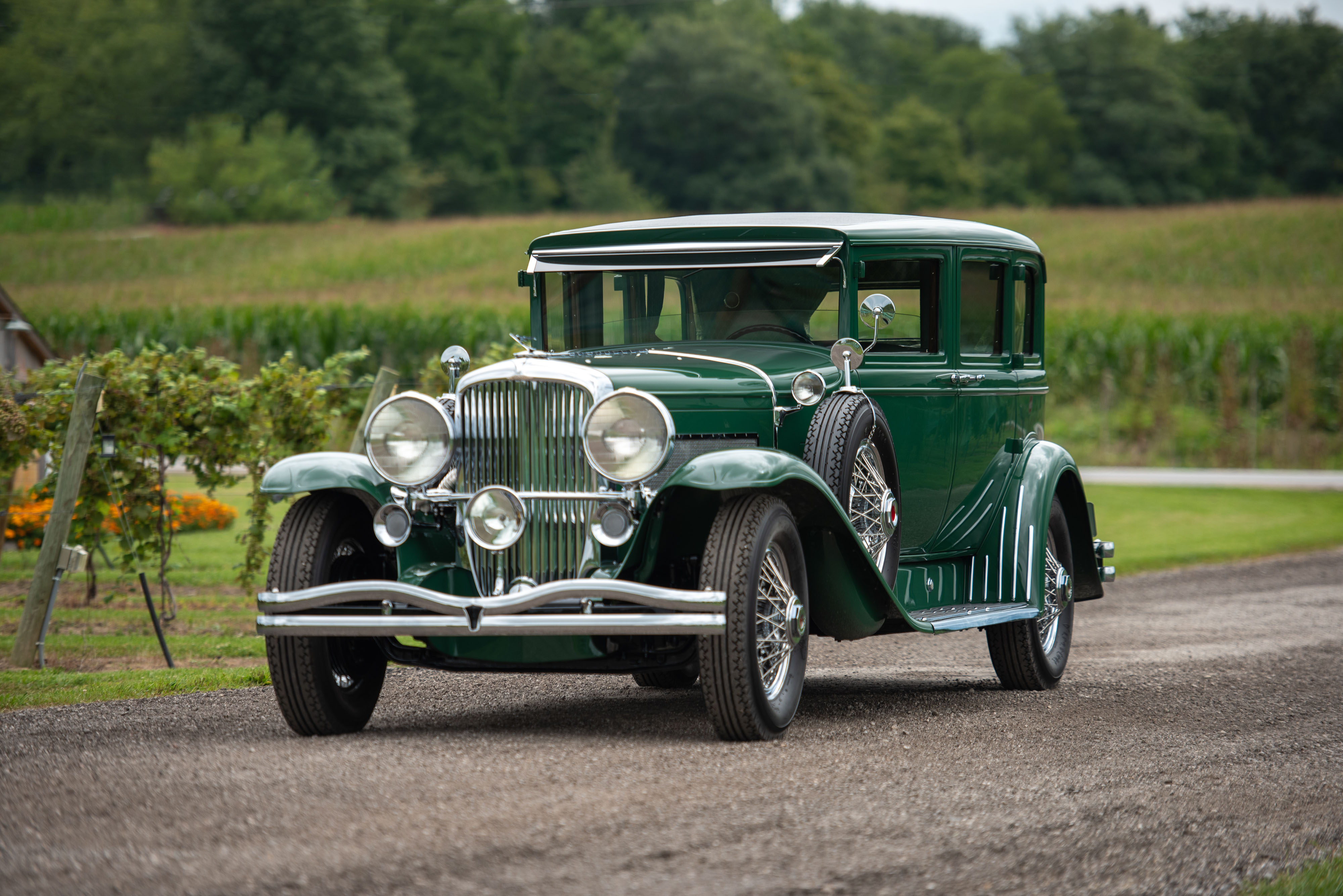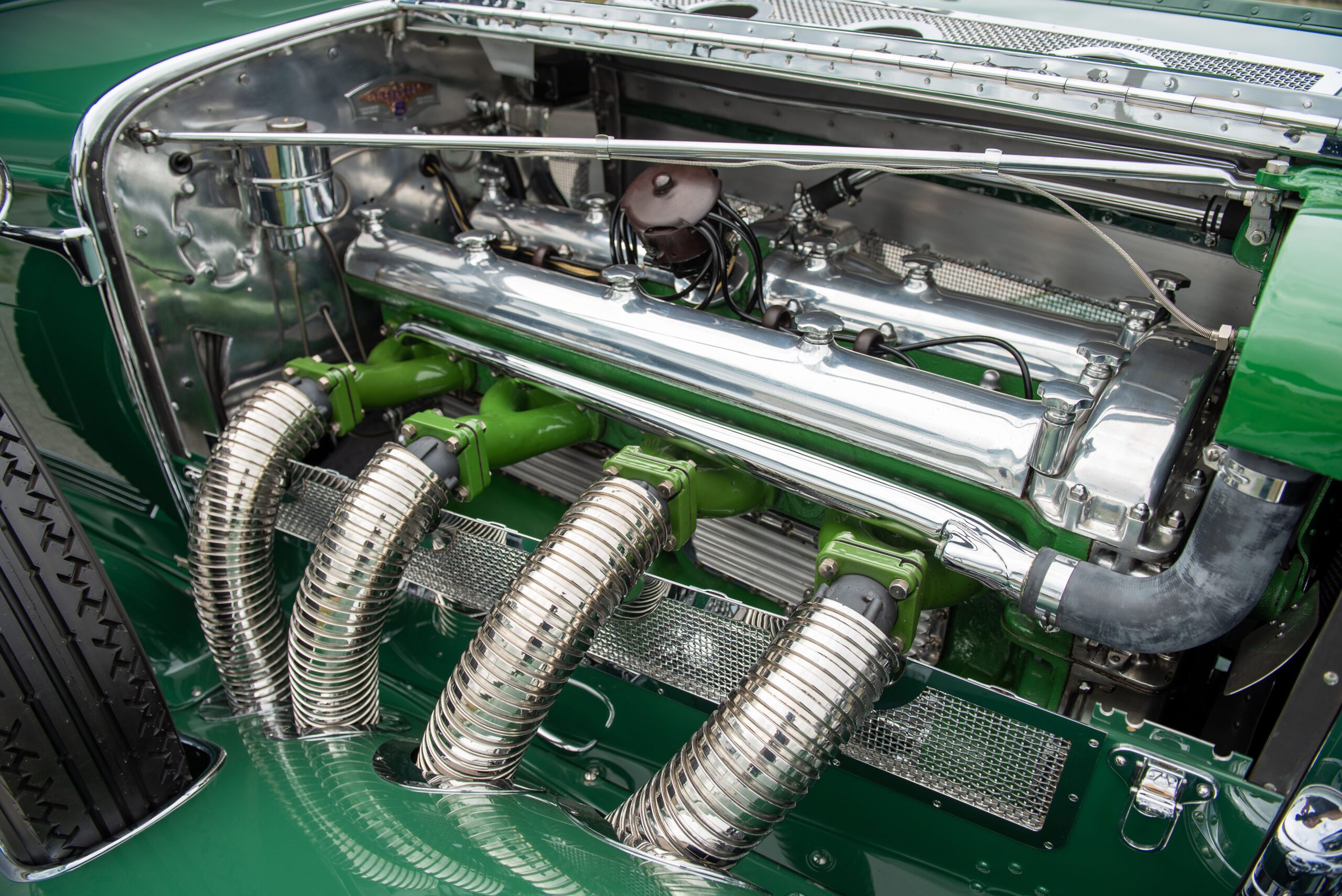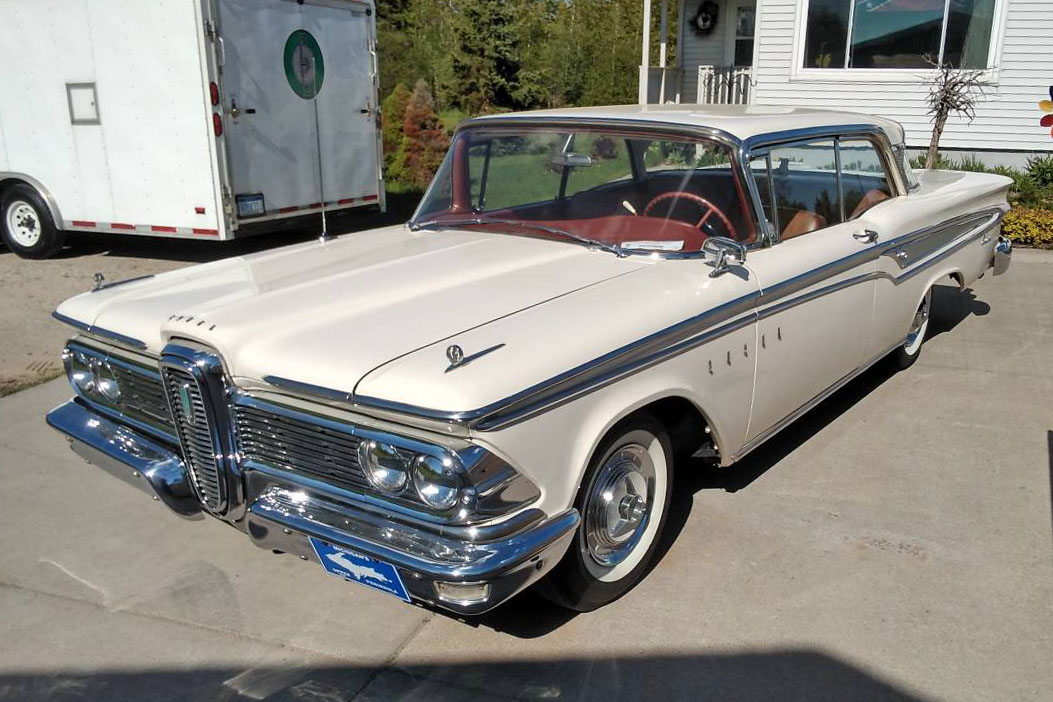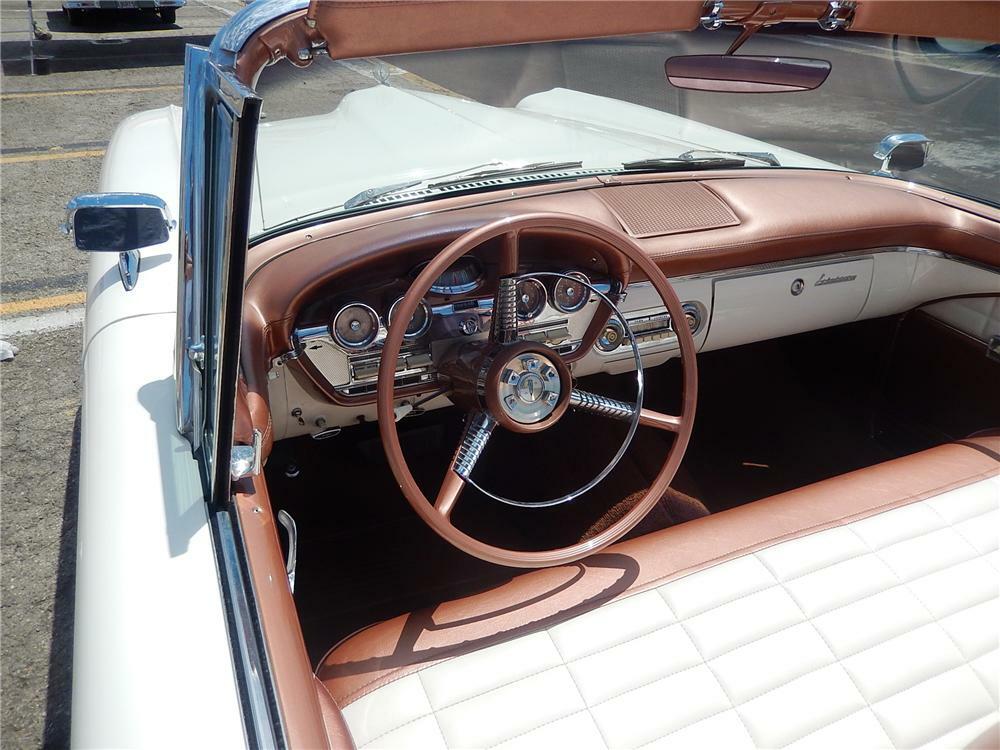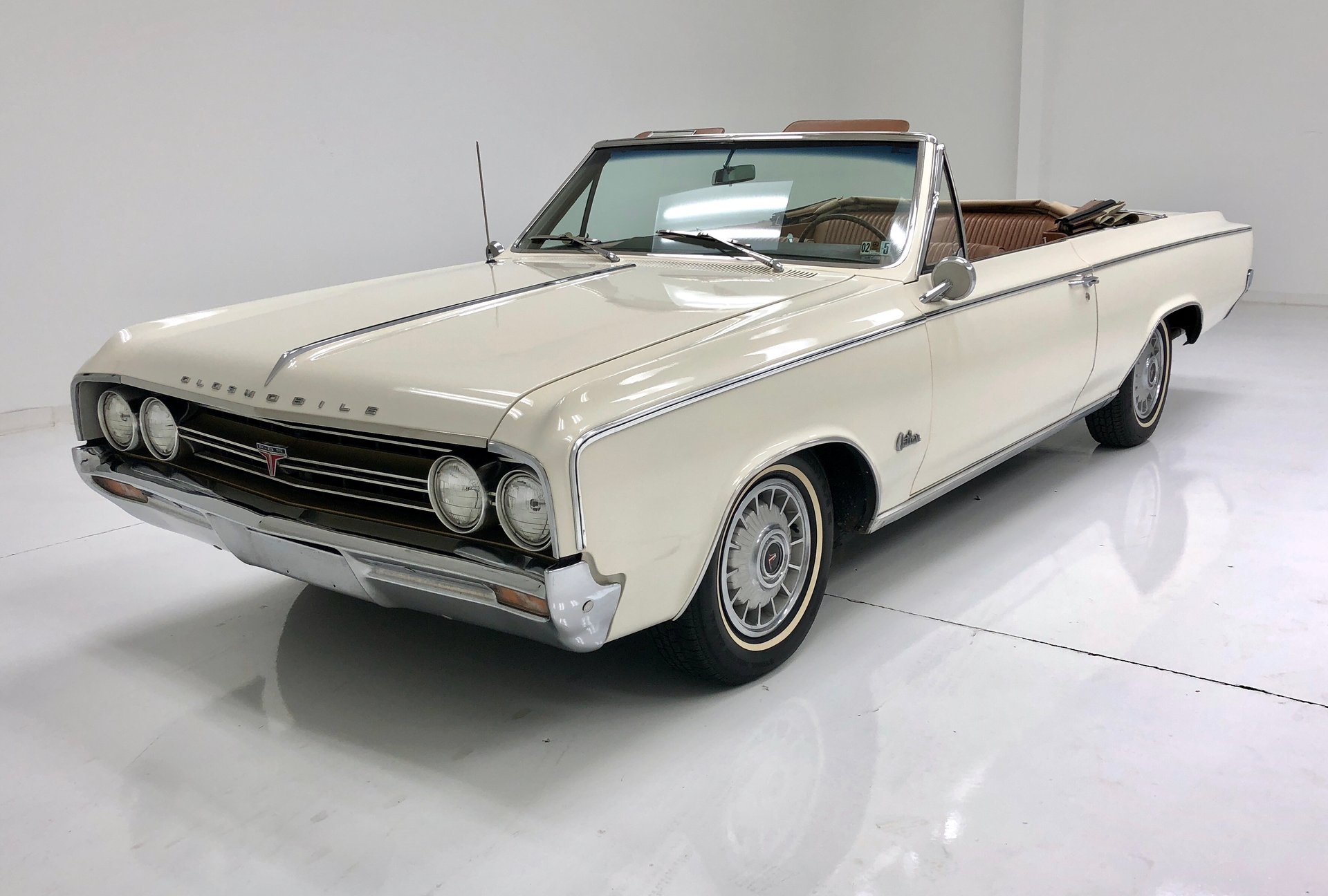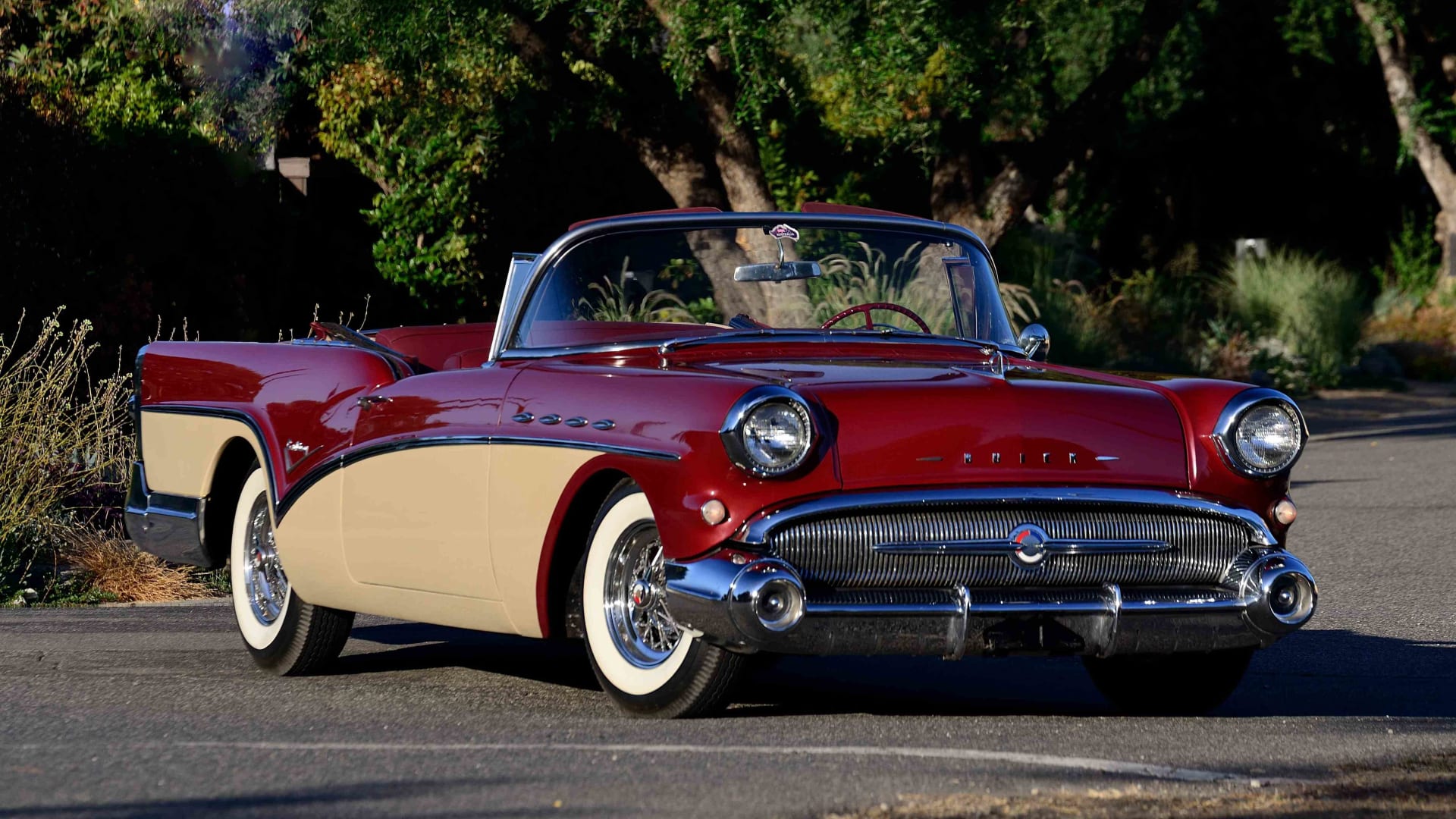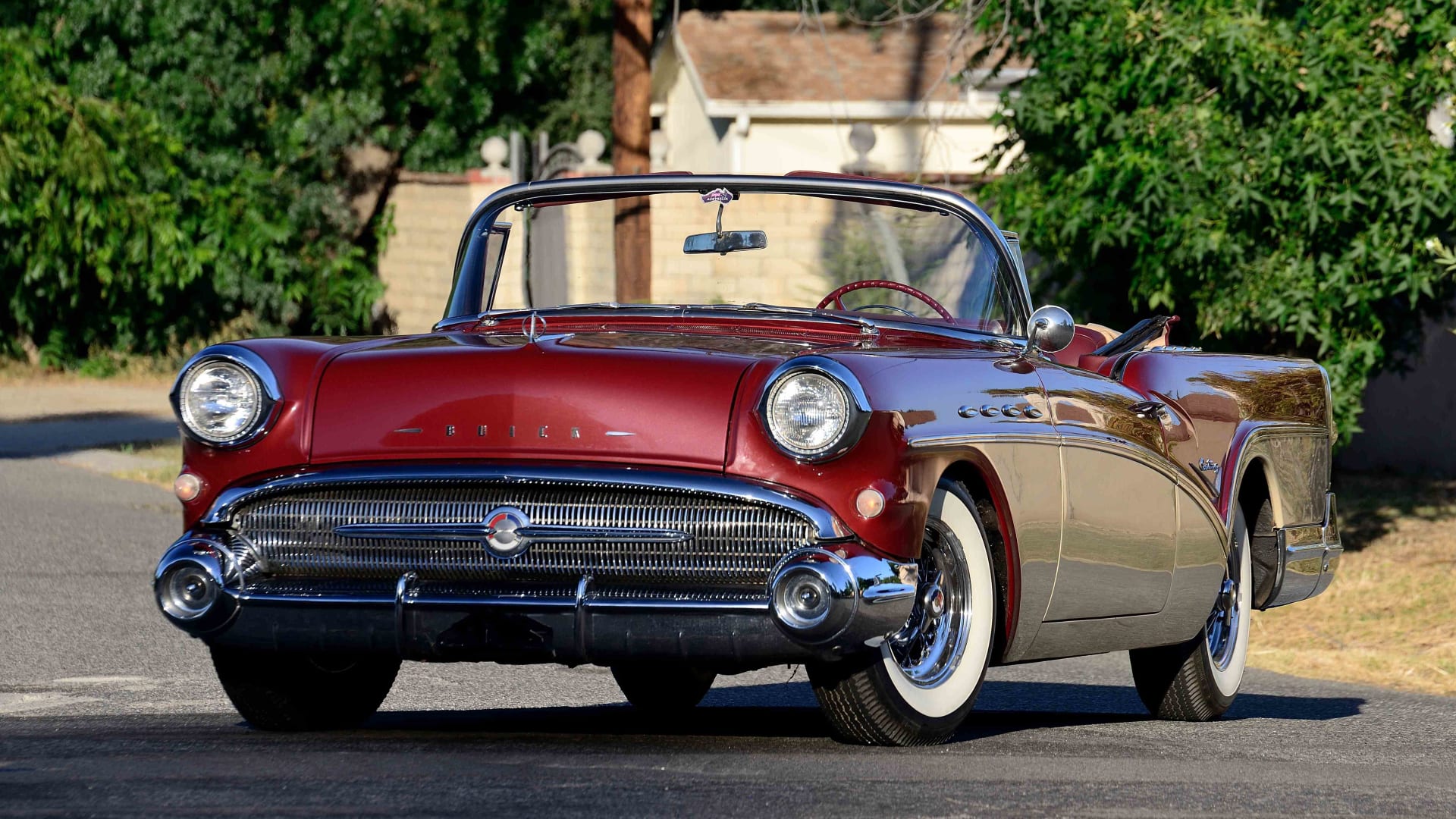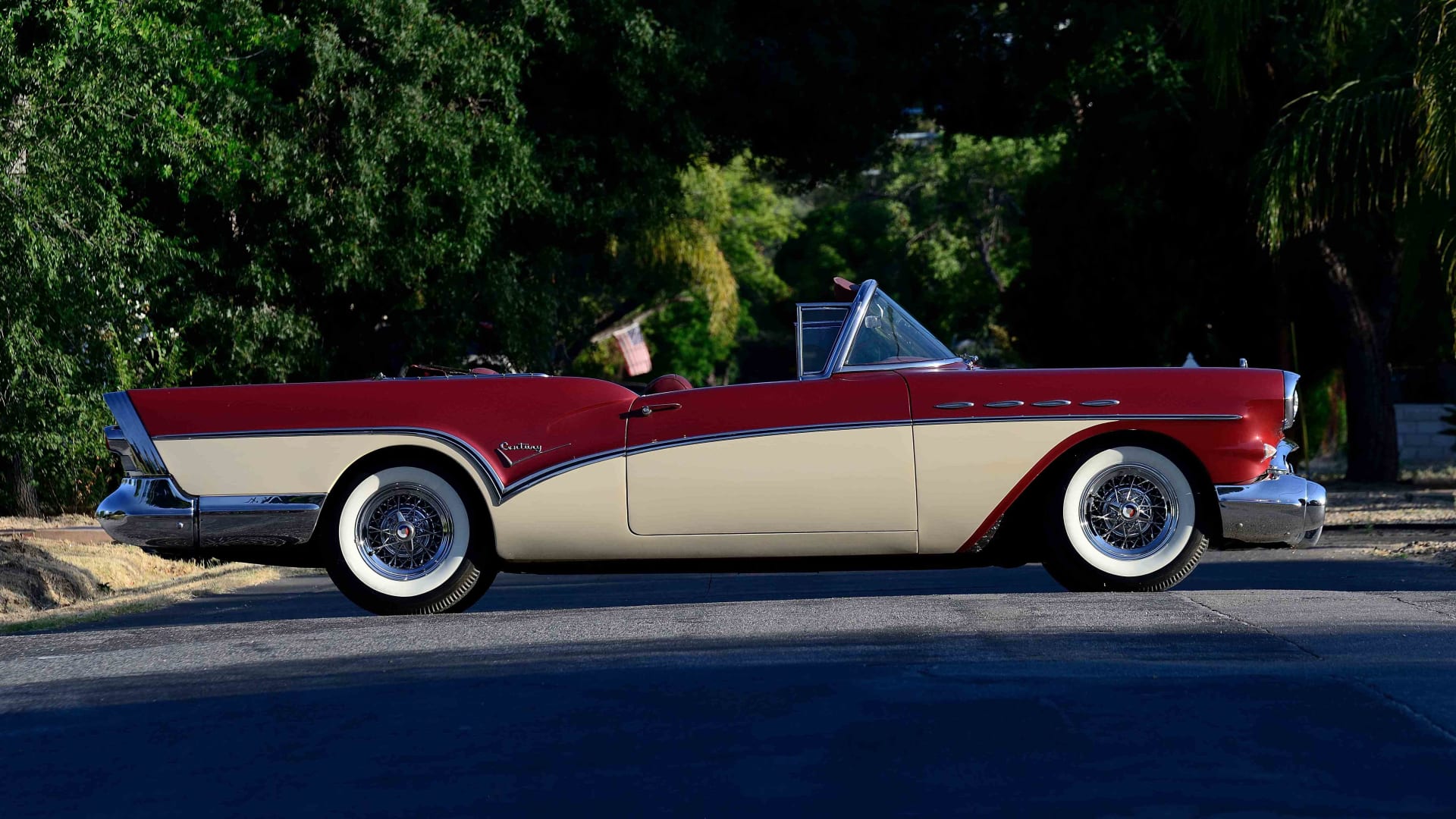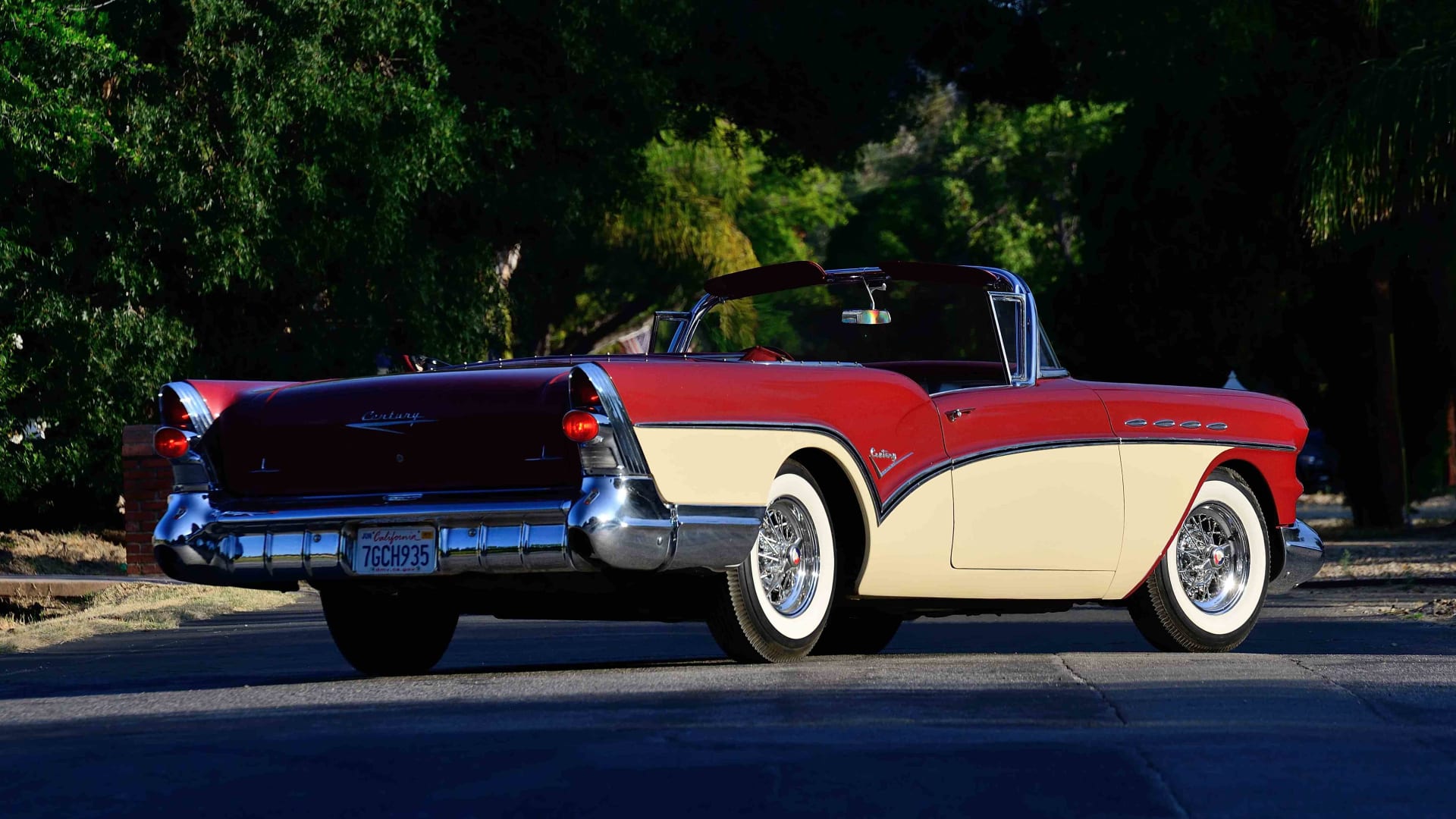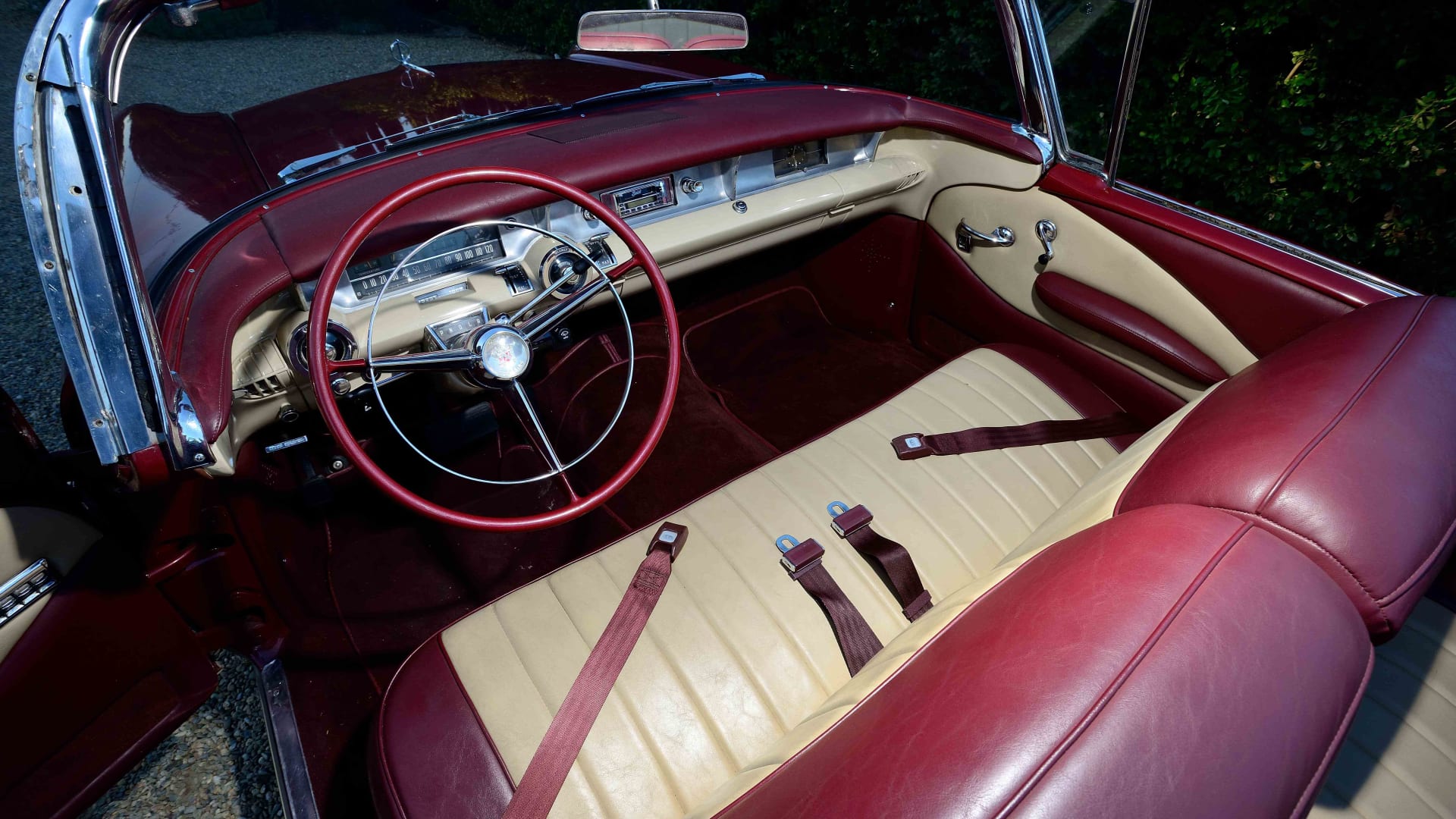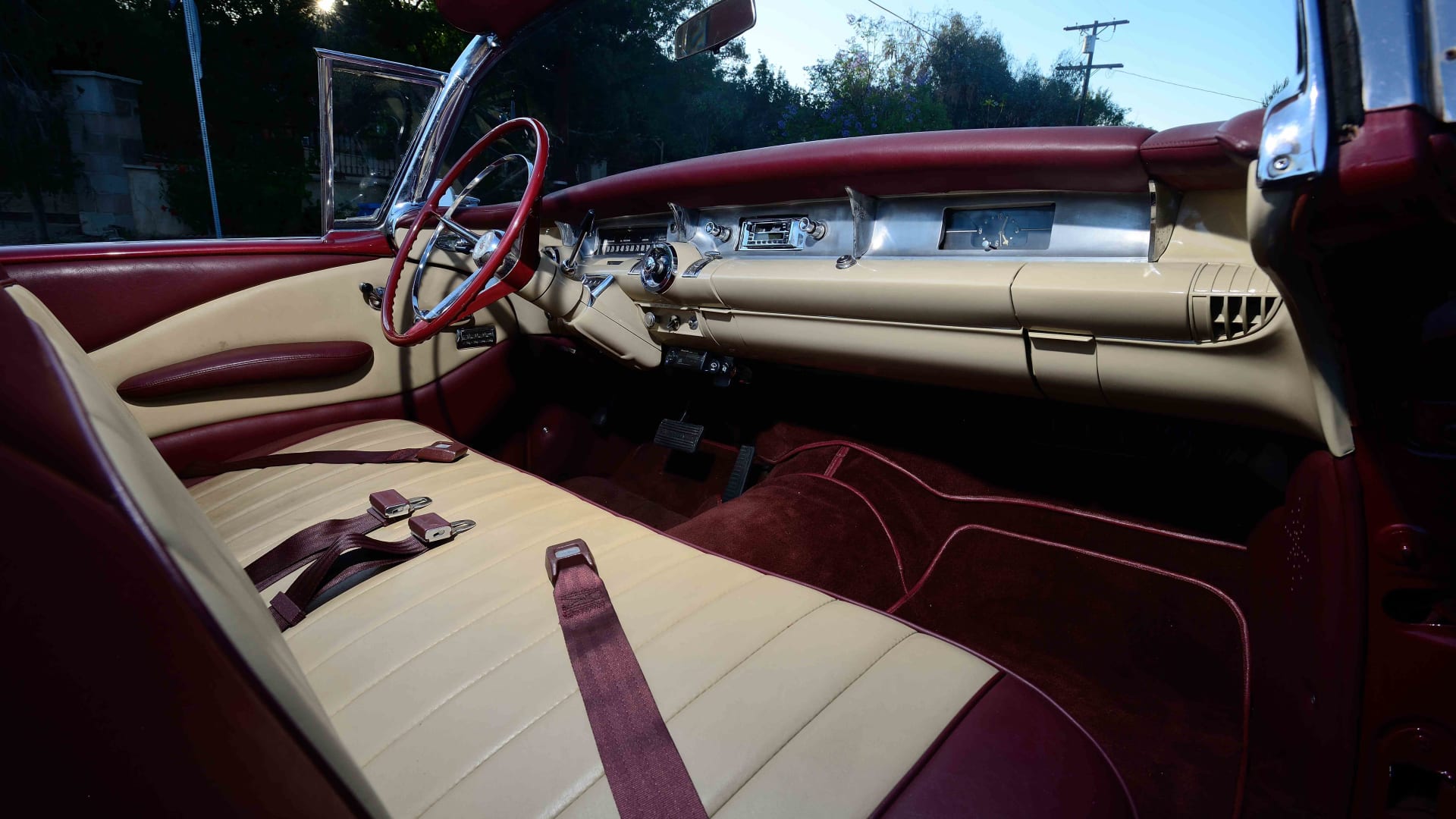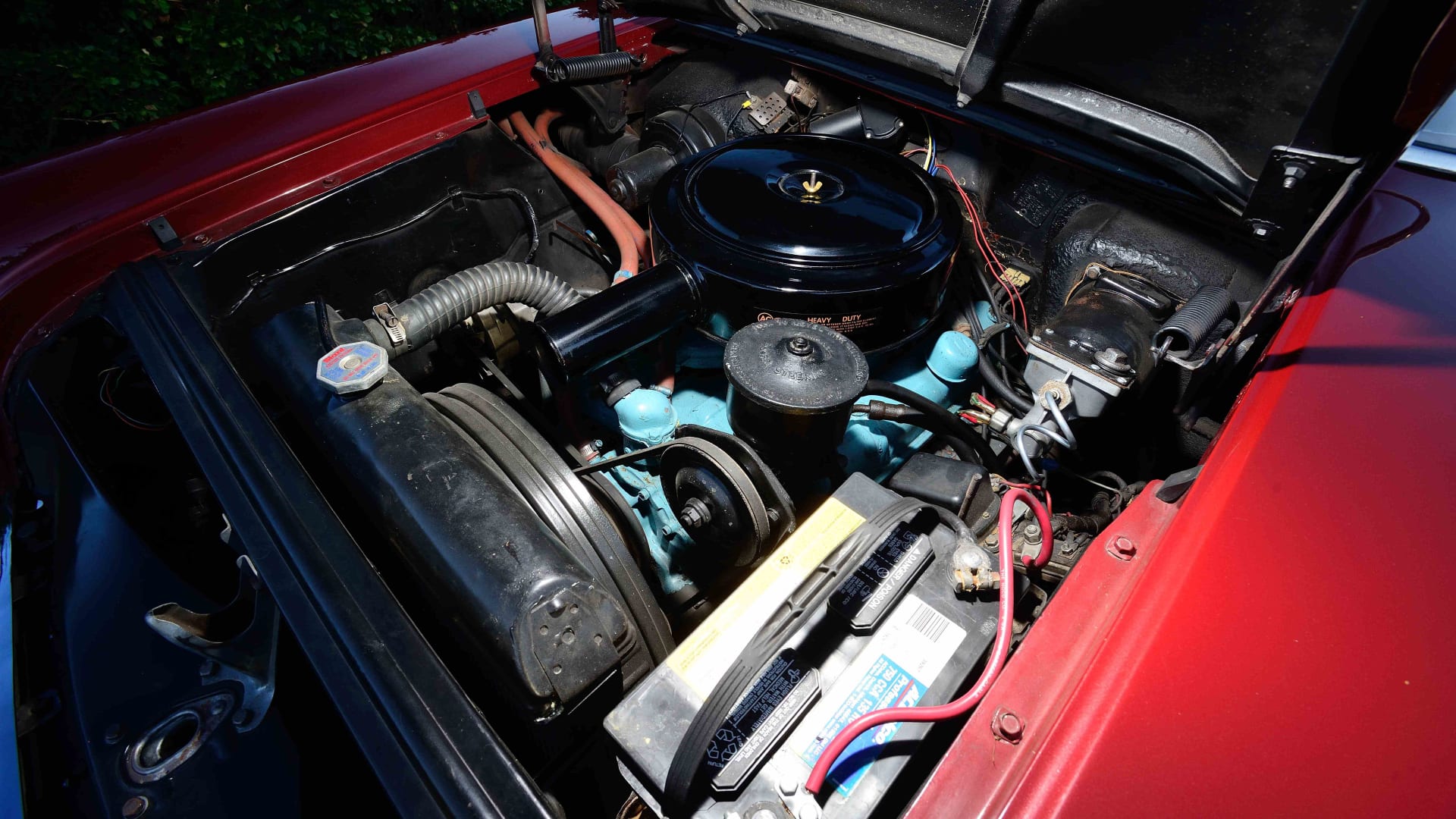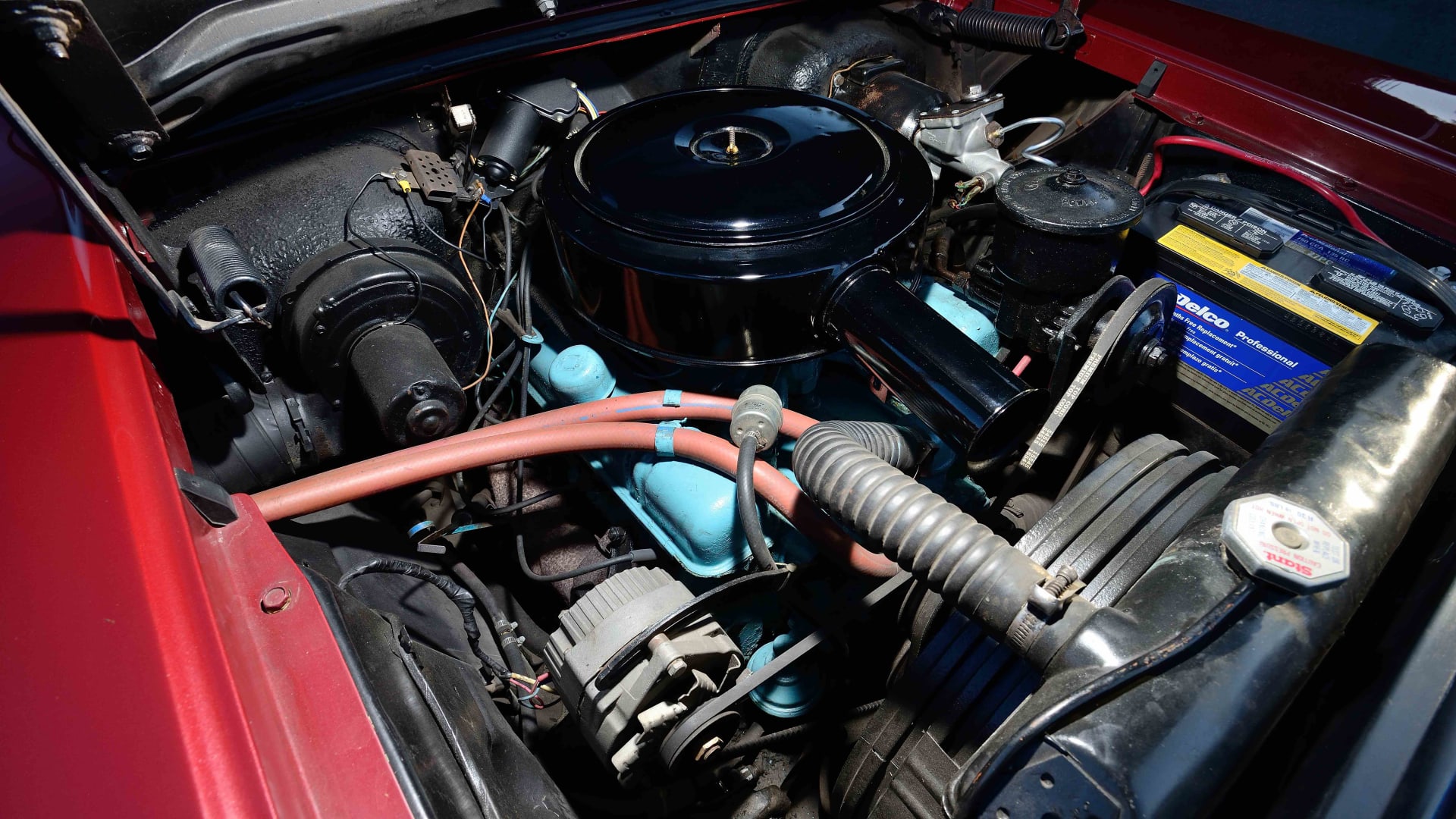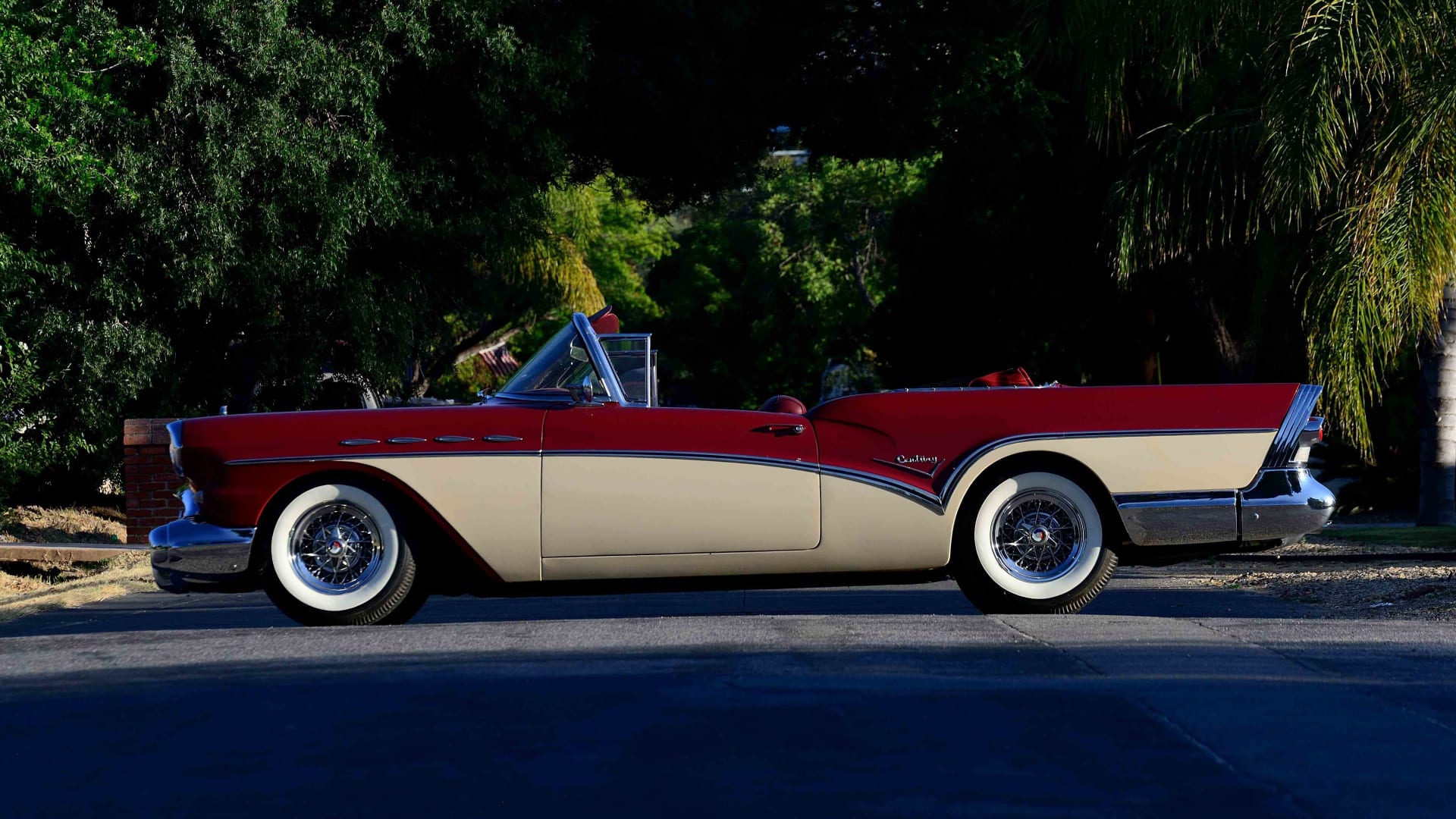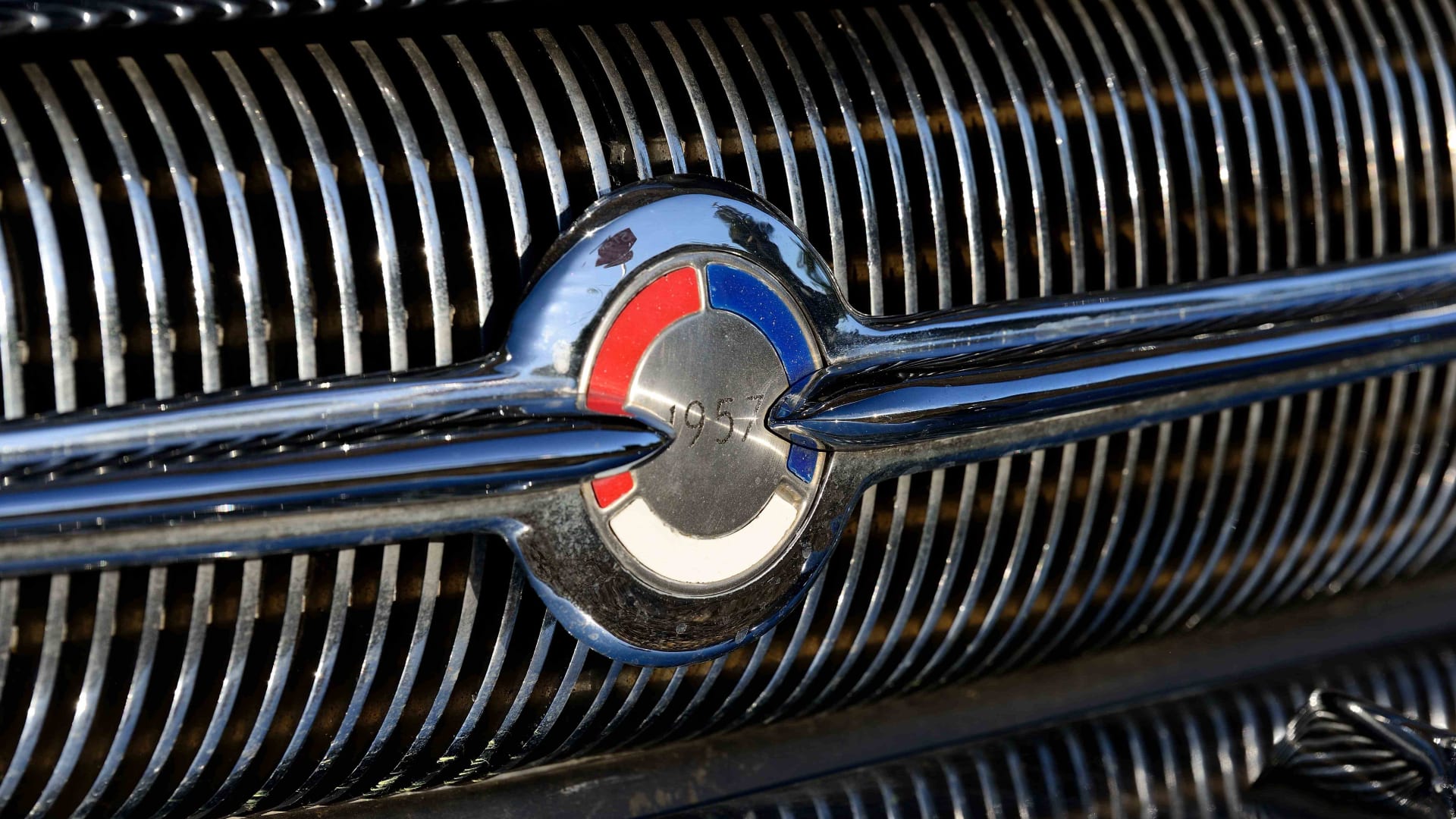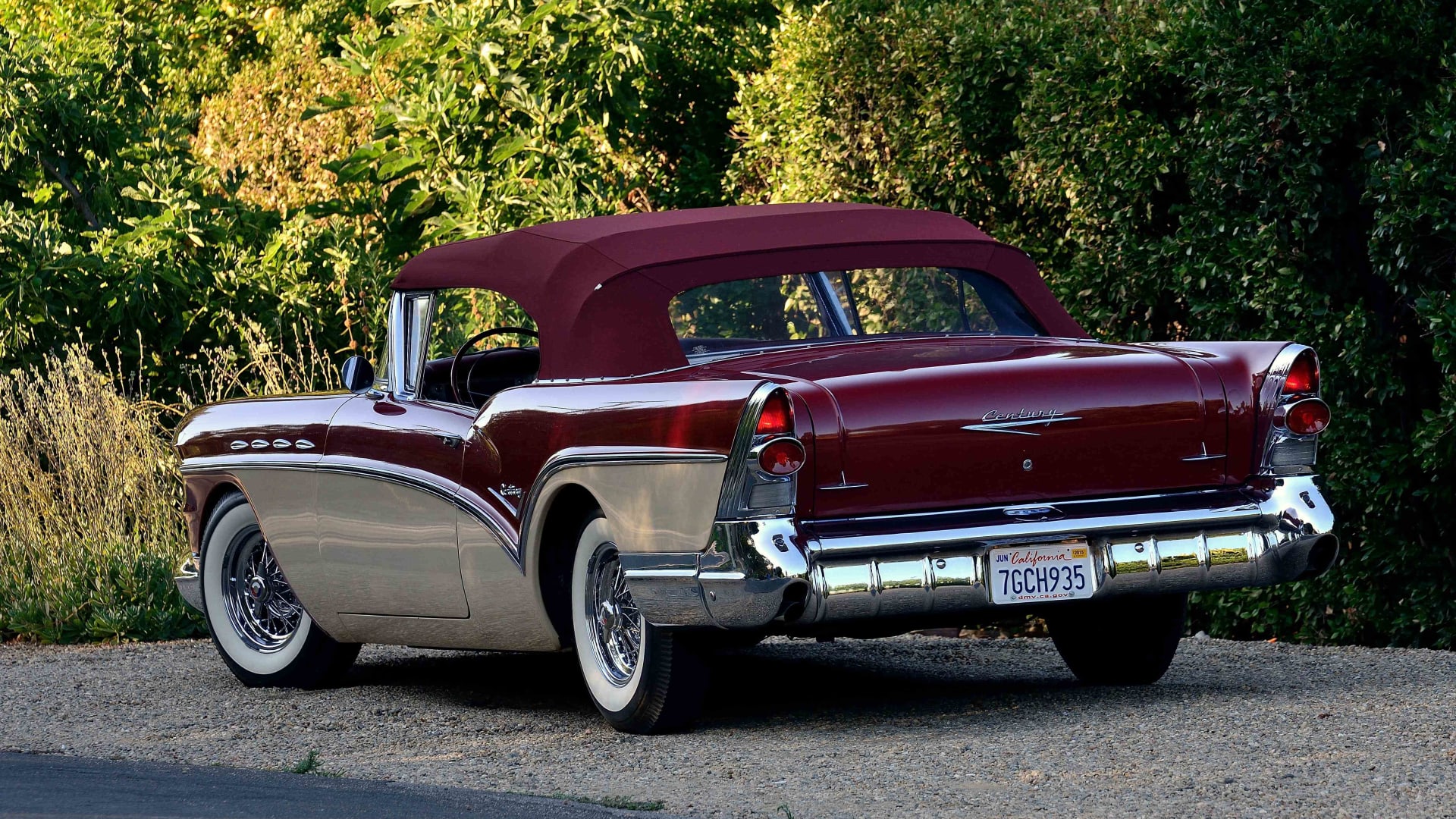The Cadillac Series 62 bowed for the 1940 model year, known then as the 40-62. It was featured a sleek, aerodynamic design, with a raked windshield and curvier lines than previous Cadillac models. The Series 62 shared its platform with the Oldsmobile Series 90, the Pontiac Custom Torpedo, and the Buick Roadmaster. The C-body platform eliminated traditional running boards, allowing for increased width. The interior benefitted with ample hip and shoulder room. Opting for the HydraMatic automatic transmission moved the shifter to the steering column from the floor, allowing the Series 62 to comfortably seat six.
By 1958, the Cadillac Series 62 was an anchor in the Cadillac line. The last year of the fifth generation, the 1958 Series 62 received a facelift that featured two horizontally-arranged headlights per side, a wider grille, and bumper guards with driving lights just under the grille. More subtle tail fins had dual tail lights positioned just below, with dual bumper-exit exhaust. Just ahead of the rear wheels and beneath the belt line, five horizontal spears were added. This attractive body style would last just a single year.
The 1958 Cadillac Series 62 rode on the tubular X-frame adopted the previous year. GM touted the X-frame allowed for a lower body and increased torsional strength, without a loss of usable space. Air suspension was an available option. There were nine available body styles for 1958, including a new extended deck sedan. The DeVille and Eldorado would become their own models for the 1959 model year.
Our feature Cadillac Series 62 convertible is a multiple award winner finished in Alpine White with an Ivory power convertible top over a brilliant red leather interior. Number 2,831 of just 7,825 built for 1958, it is the recipient of a recent drivetrain restoration of its numbers-matching 365 cubic-inch V8 rated at 335 horsepower. Fuel flows to the 365 through triple Rochester carbs, and power is moved to the rear wheels by the original four-speed HydraMatic automatic transmission. The Series 62 convertible rolls on Cadillac Sabre wheels shod in Auburn Deluxe wide white radial rubber.
The Cadillac Series 62 is well appointed, with power steering, power brakes, power leather front bench seat, AM Wonderbar signal-seeking radio with power antenna, Autronic Eye automatic headlight dimmer, and the aforementioned power convertible top.





